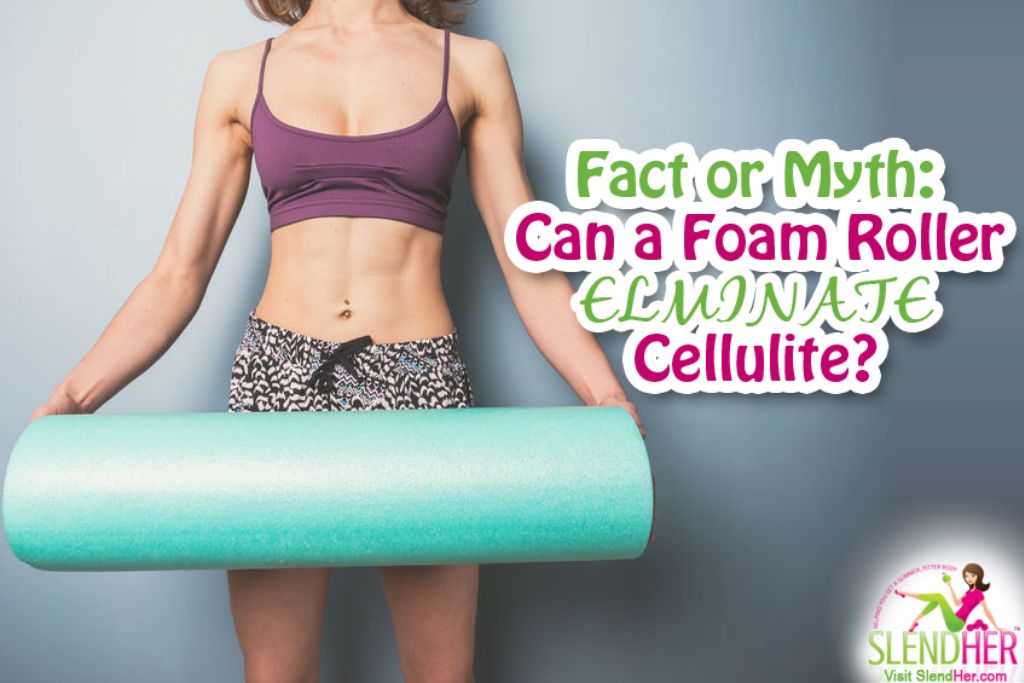
[adrotate banner=”26″]If you have cellulite–you know, that lumpy, bumpy flesh typically found on the your upper legs, tummy, and booty–then you know the struggle is real with getting it to go away. It can seem like no amount of dieting, sweat-a-thons, or praying to the heavenly figure of your choice can make the annoying cottage cheese-like look disappear. Still, that doesn’t stop “magic potions” from marketing amazing results. Cellulite creams, body wraps, supplements–you name it, it’s out there. And if you’ve been desperate enough, you may have even tried them. While products and gimmicks that seem too good to be true typically are, we were intrigued by whether or not using a foam roller for cellulite could actually work.
Why? Well, first, foam rollers are something that while not very expensive are a good investment in general. The long and cylinder-shaped foam apparatus is great for rolling out muscles before and after workouts, speeding up recovery time of sore muscles and helping to increase flexibility, mobility, and strength. Since it would be good for everyone to have a foam roller (even just access to one at your gym), we figured you’re not throwing your money away on something that might just end up in the trash.
Second, the International Dermal Institute (IDI) reports that one cause of cellulite is the due to a breakdown in the connective fibers, which is often caused by a decline in the circulatory system. “Loss of circulation to an area–whether caused by lack of exercise, too much sitting, clogged arteries or nutrient deficiency–can have a serious impact and accelerate cellulite formation,” writes Dr. Diana Howard on the IDI website. “That is why cellulite generally appears in areas that have poor circulation; unfortunately, once it forms it slows circulation in an area even more.”
One of the main benefits of foam rolling is to increase circulation to muscles, which allows in beneficial nutrients and pushes out waste, leading to better cellular function. So if circulation is part of the cellulite problem, then it seems obvious that a foam roller could be the solution.
Will Using a Foam Roller for Cellulite Reduction Actually Work?

The good news: It can. The bad? The results might be small and only temporary. According to the Mayo Clinic, positive results are possible with vigorous massage (of which a foam roller can provide), but “you may notice a slight improvement to your skin after this treatment, but the results are typically short-lived.”
Instead the Mayo Clinic says the most effective ways shown to reduce or eliminate those darn dimples is through liposuction or laser and radio-frequency systems, which combine tissue massage, radio-frequency technology and infrared light. For a topical treatment, a 0.3 percent retinol cream was noted to have improved the appearance of cellulite after six months of twice daily applications.
Bottom line: Can you foam roll your way to saying “so long” to cellulite forever? Not likely. However, since there are many health and exercise benefits to rolling out the areas that take on the classic “orange peel” texture, it doesn’t seem as though it can really hurt either. Either way, keep on rolling and your body will be better for it.
What’s your favorite foam roller move to do? Share with others in the comments!

Leave a Reply